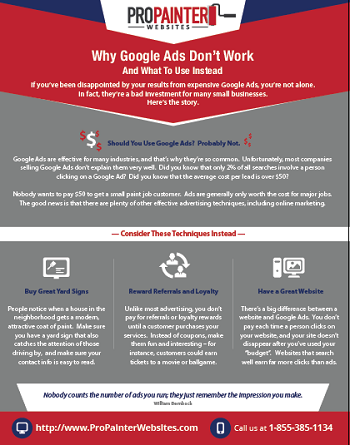Understanding Seasonal Influences On Commercial Exterior Painting: Vital Understanding For Success
Understanding Seasonal Influences On Commercial Exterior Painting: Vital Understanding For Success
Blog Article
Created By-Ford Whalen
When you're planning an industrial exterior paint job, seasonal elements can make or break your results. You'll want to consider exactly how temperature and humidity impact paint application and drying out times. Picking the best period can ensure your paint adheres effectively and lasts much longer. Yet which seasons are truly the most effective for this type of work? Allow's check out the key elements that can impact your project's success.
The Impact of Temperature Level on Paint Application
When you're planning a commercial outside painting job, the temperature level can substantially affect exactly how well the paint adheres and dries.
Preferably, you want to paint when temperatures vary between 50 ° F and 85 ° F. If it's too chilly, the paint may not treat effectively, leading to concerns like peeling or fracturing.
On the other side, if it's too warm, the paint can dry too rapidly, stopping appropriate bond and resulting in an irregular finish.
You should likewise take into consideration the time of day; early morning or late afternoon offers cooler temperature levels, which can be extra desirable.
Always examine the maker's recommendations for the certain paint you're using, as they commonly offer advice on the optimal temperature array for ideal results.
Humidity and Its Result on Drying Times
Temperature isn't the only ecological factor that influences your commercial external paint job; moisture plays a significant function too. High moisture levels can slow down drying times drastically, impacting the general top quality of your paint work.
When the air is saturated with dampness, the paint takes longer to treat, which can lead to problems like inadequate bond and a higher danger of mildew development. If you're repainting on an especially damp day, be gotten ready for extensive wait times in between coats.
It's crucial to keep track of local weather and strategy accordingly. Preferably, go for professional painters near me between 40% and 70% for ideal drying out.
Keeping these factors in mind guarantees your project stays on track and provides a long lasting coating.
Best Seasons for Commercial Outside Painting Projects
What's the best time of year for your commercial outside paint tasks?
linked here and very early autumn are typically your best options. Throughout these periods, temperatures are moderate, and moisture levels are commonly reduced, creating perfect problems for paint application and drying out.
Prevent summer's intense heat, which can create paint to dry too quickly, resulting in inadequate bond and surface. In a similar way, wintertime's cool temperature levels can prevent appropriate drying out and curing, taking the chance of the durability of your paint task.
Go for days with temperatures in between 50 ° F and 85 ° F for optimal results. Keep in mind to examine the neighborhood weather forecast for rain, as damp conditions can spoil your task.
Planning around these factors ensures your paint project runs efficiently and lasts much longer.
Conclusion
To conclude, planning your industrial exterior painting projects around seasonal factors to consider can make a significant distinction in the result. By scheduling job during the perfect temperature levels and moisture levels, you'll make sure far better attachment and drying out times. Remember to keep an eye on neighborhood weather report and select the correct time of year-- springtime and early fall are your best options. Taking these actions will certainly assist you achieve a sturdy and professional finish that lasts.
